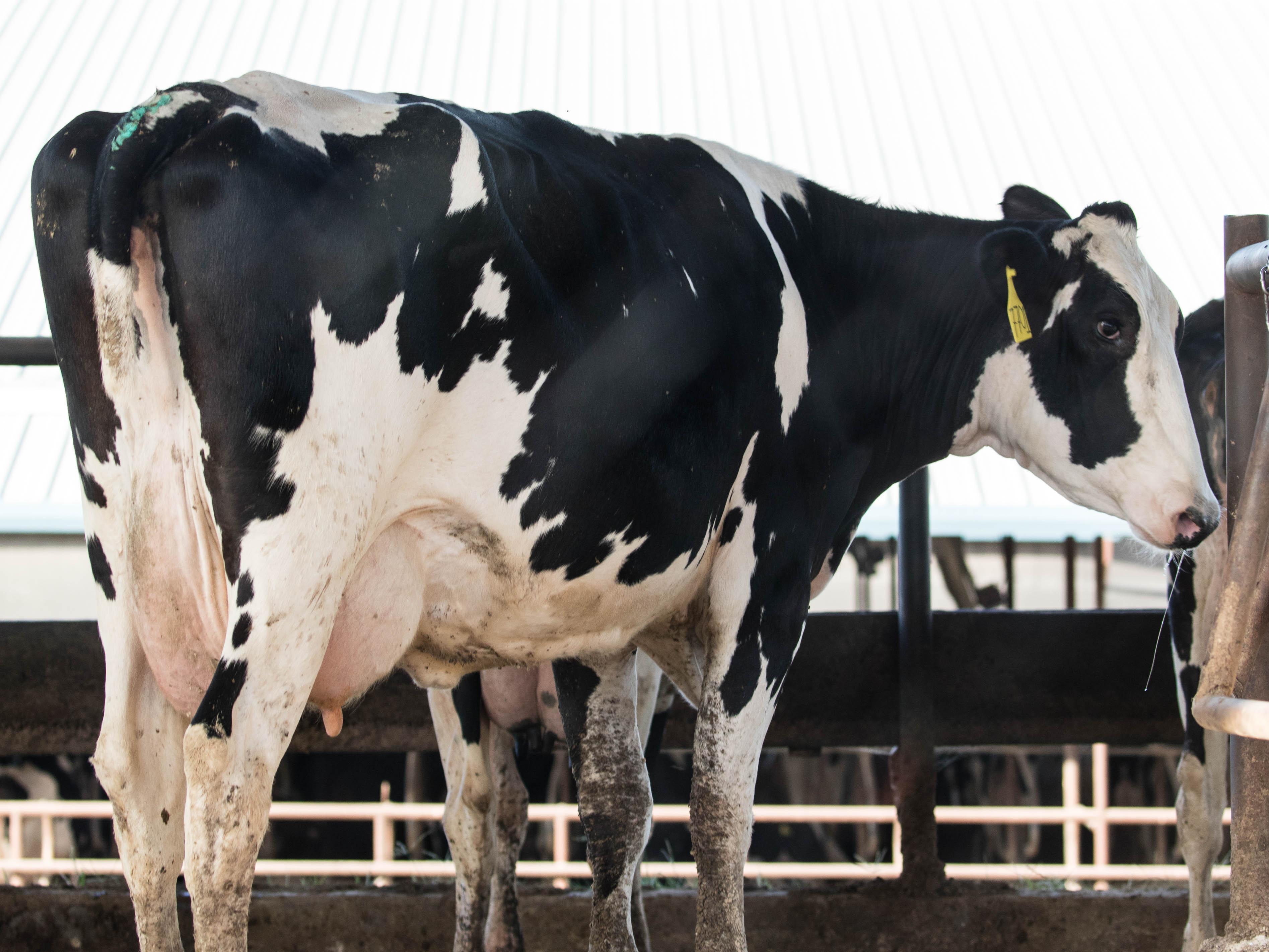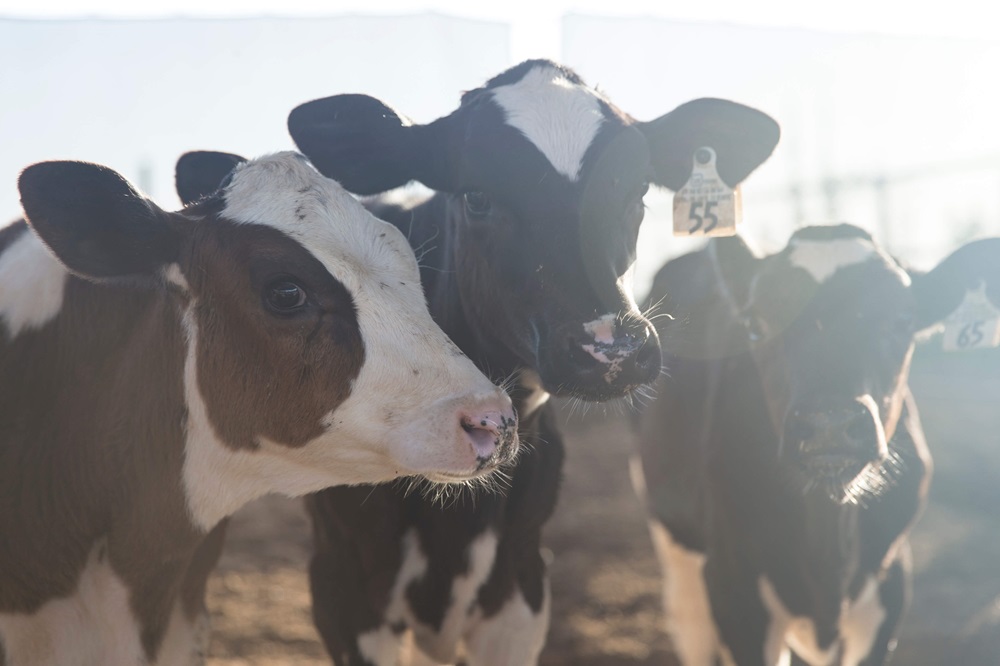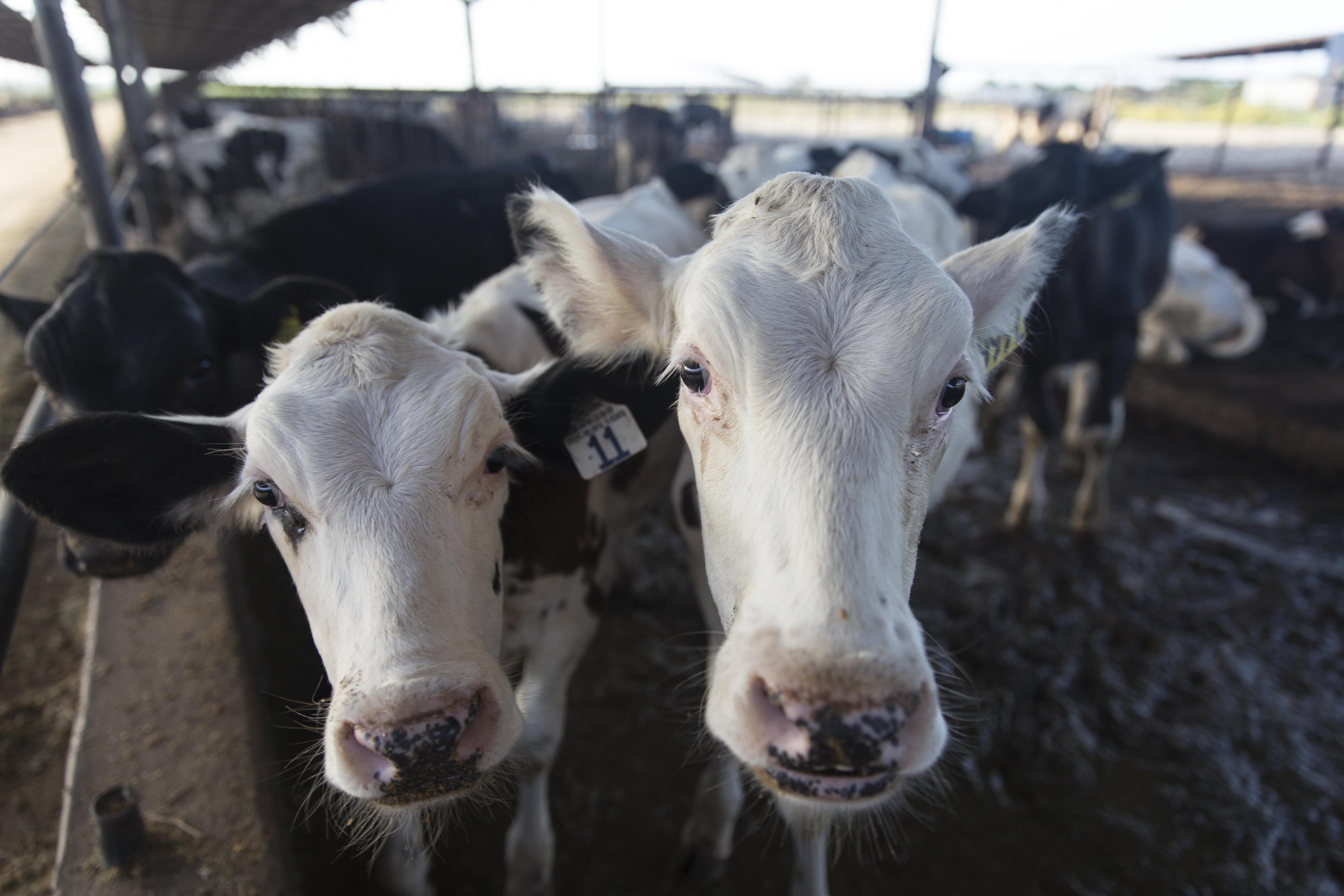New Research Confirms House Flies Pose Risk of BRD Transmission
House flies are common on cattle feedlots, and populations of these nuisance pests can quickly explode without a proper fly management program in place. Now, producers have even greater motivation to think about fly control on feedlots. After leading a research initiative to explore the connection between BRD and flies, Central Life Sciences has confirmed that house flies may be harboring Bovine Respiratory Disease (BRD) pathogens, and potentially transmitting them to cattle.
BRD accounts for $900 million in feedlot losses annually due to reduced feed efficiency, treatment costs and death. BRD is also responsible for upwards of 75% of illness and 70% of all cattle deaths in feedlots.
BRD can affect the upper or lower respiratory tracts, and is often called a “disease complex” due to the multitude of factors that cause the respiratory disease. The signs of BRD in cattle may vary depending on the animal’s age, the organisms involved and the severity of disease.
The disease is commonly known as “shipping fever” as it is primarily linked to environmental stressors facing cattle including shipping, crowding and changes in diet that may cause immunosuppression and subsequent infections from various viral and bacterial pathogens. Bacteria including Mannheimia haemolytica, Pasteurella multocida, Histophilus somni and Mycoplasma bovis may exacerbate the development and progression of BRD, as transmission of these pathogens is usually attributed to direct contact between animals and contaminated substrates like drinking troughs and feed bunks. However, the new research connecting flies to the potential spread of BRD suggests that fly control on feedlots may play a greater role in BRD prevention than previously thought.
For the study, 60 house flies were collected from a commercial cattle feedlot in Kansas during a BRD outbreak to examine the link between house flies and the transmission of BRD bacterial pathogens. Using two different methods of bacterial detection, the house fly samples that were tested contained levels of the bacteria Mannheimia haemolytica, Pasteurella multocida and Histophilus somni. The presence of these bacteria indicate that house flies may serve as a potential vector for BRD within feedlots and surrounding areas. While this study is the first to document BRD pathogens in house flies collected near affected cattle, more research is still needed to determine the extent to which house flies move BRD pathogens and the rate of transmission of BRD pathogens.
This new research suggests that protecting your cattle from flies is now more important than ever. To control disease-spreading flies, all cattle on the premises need to consume adequate quantities of ClariFly® Larvicide every day. When fed correctly, ClariFly® Larvicide decreases the development of flies in the manure of treated animals by as much as 96.7%. To help limit instances of BRD and other diseases spread by flies, consider implementing a comprehensive integrated pest management program built around the use of ClariFly® Larvicide.



